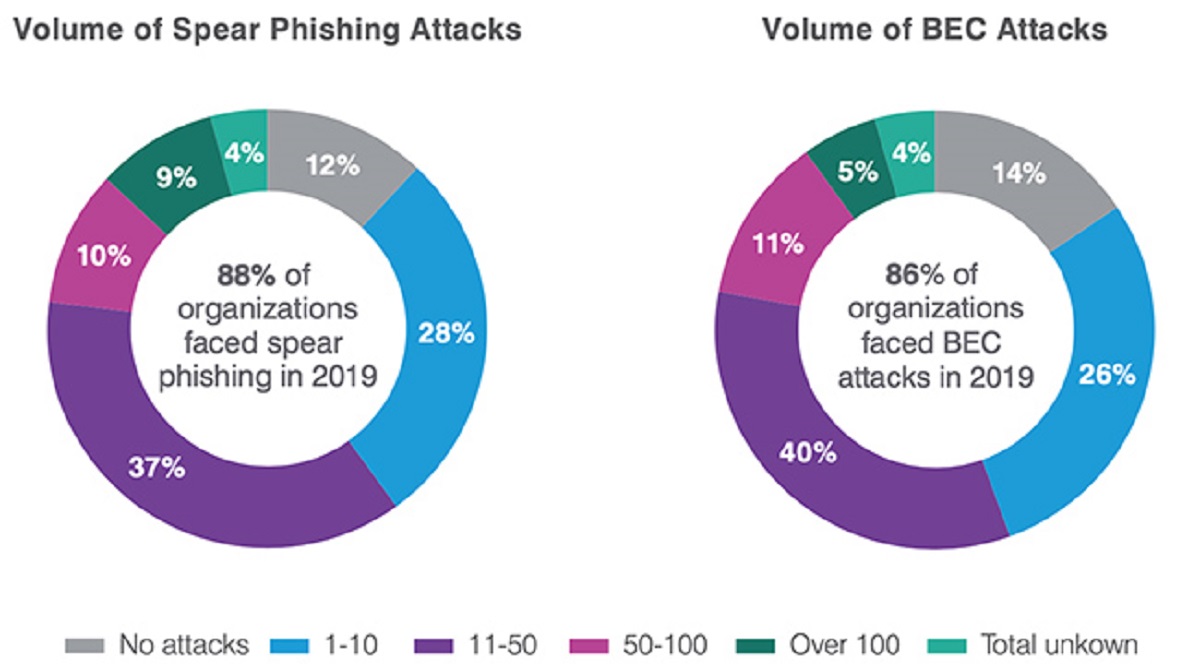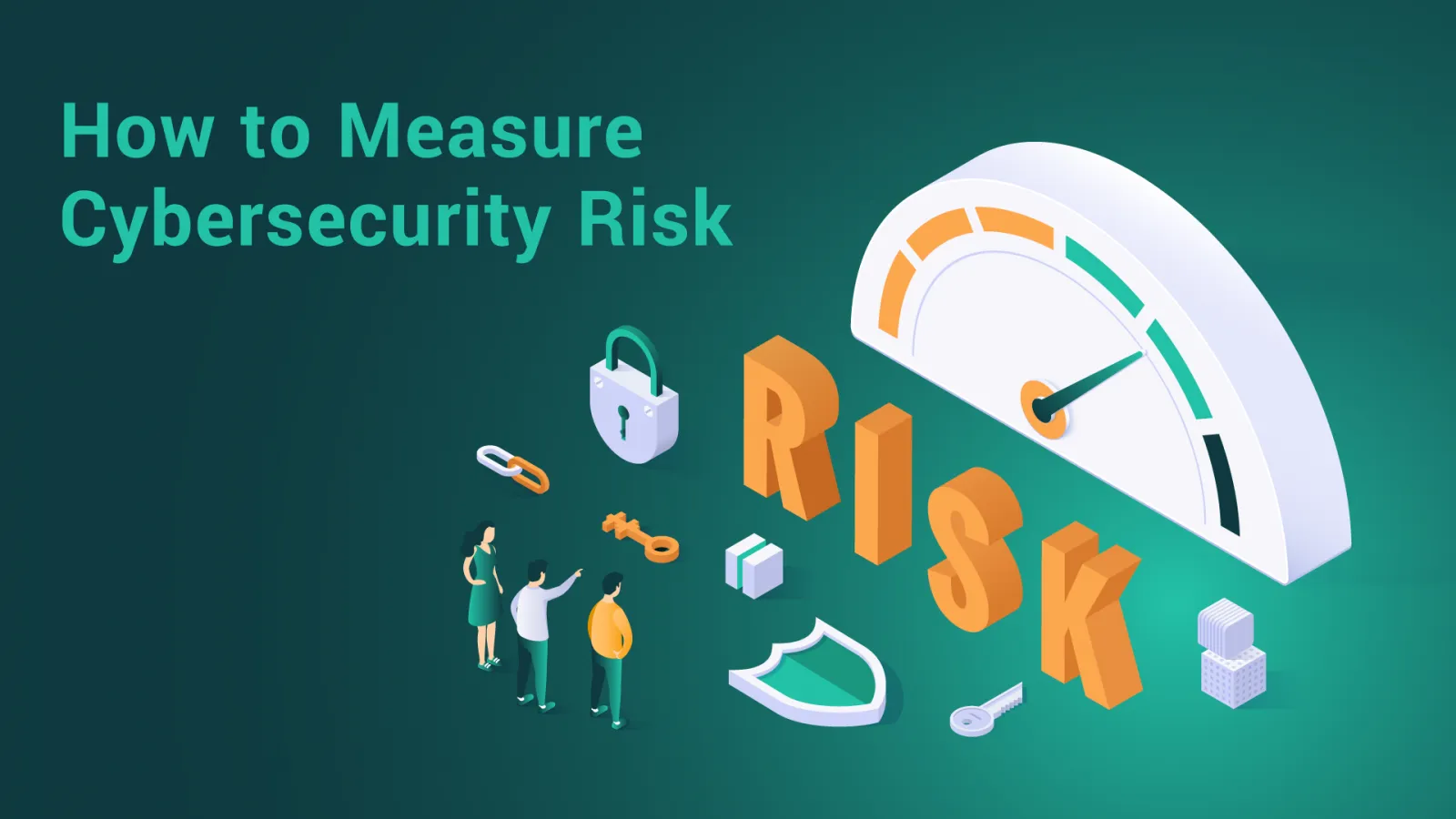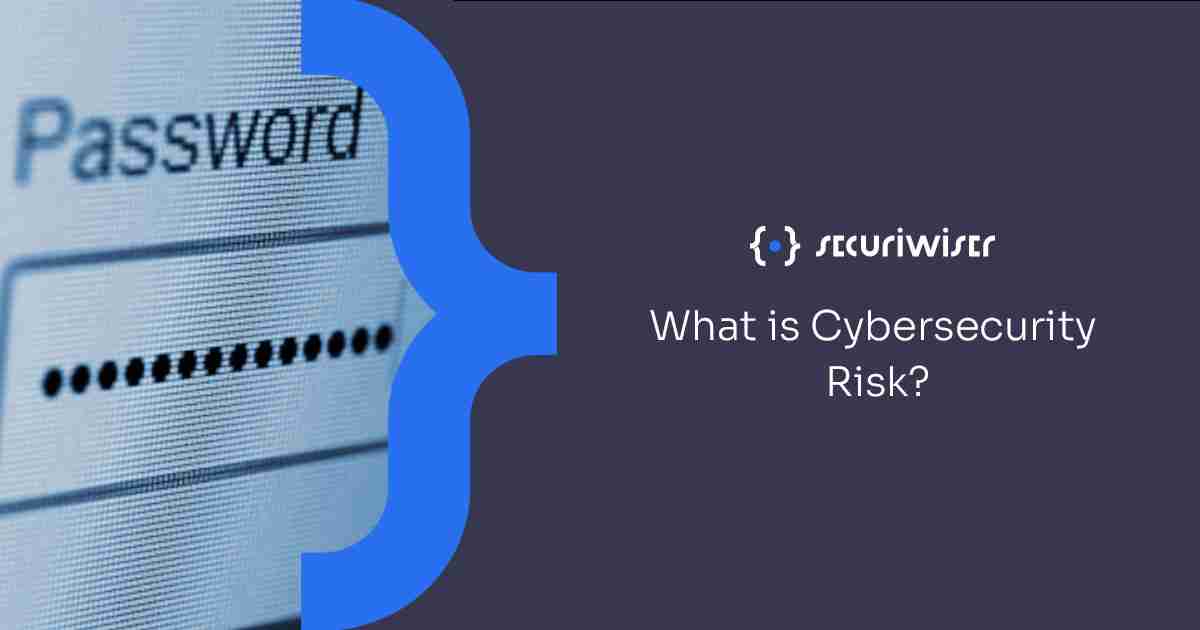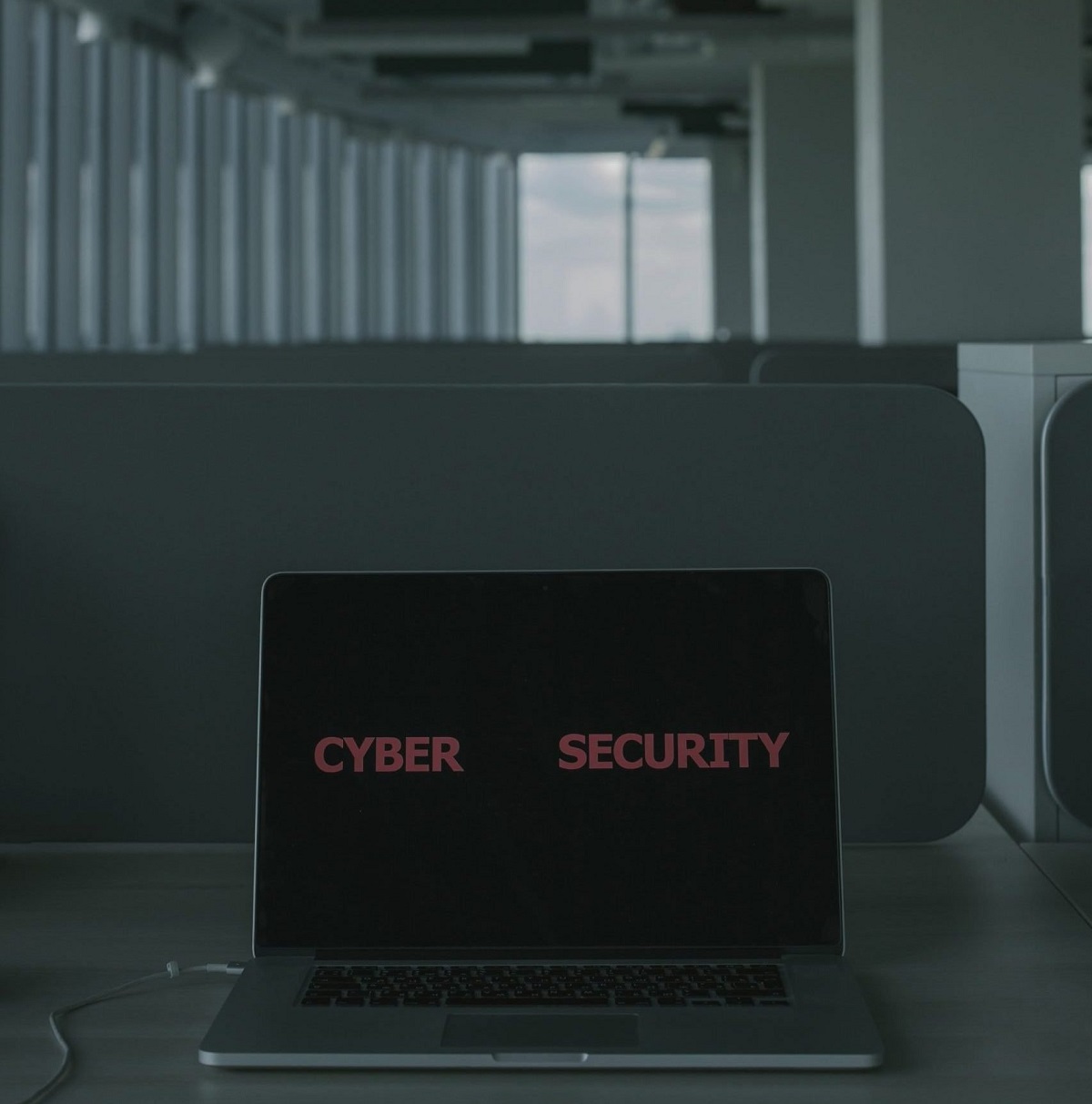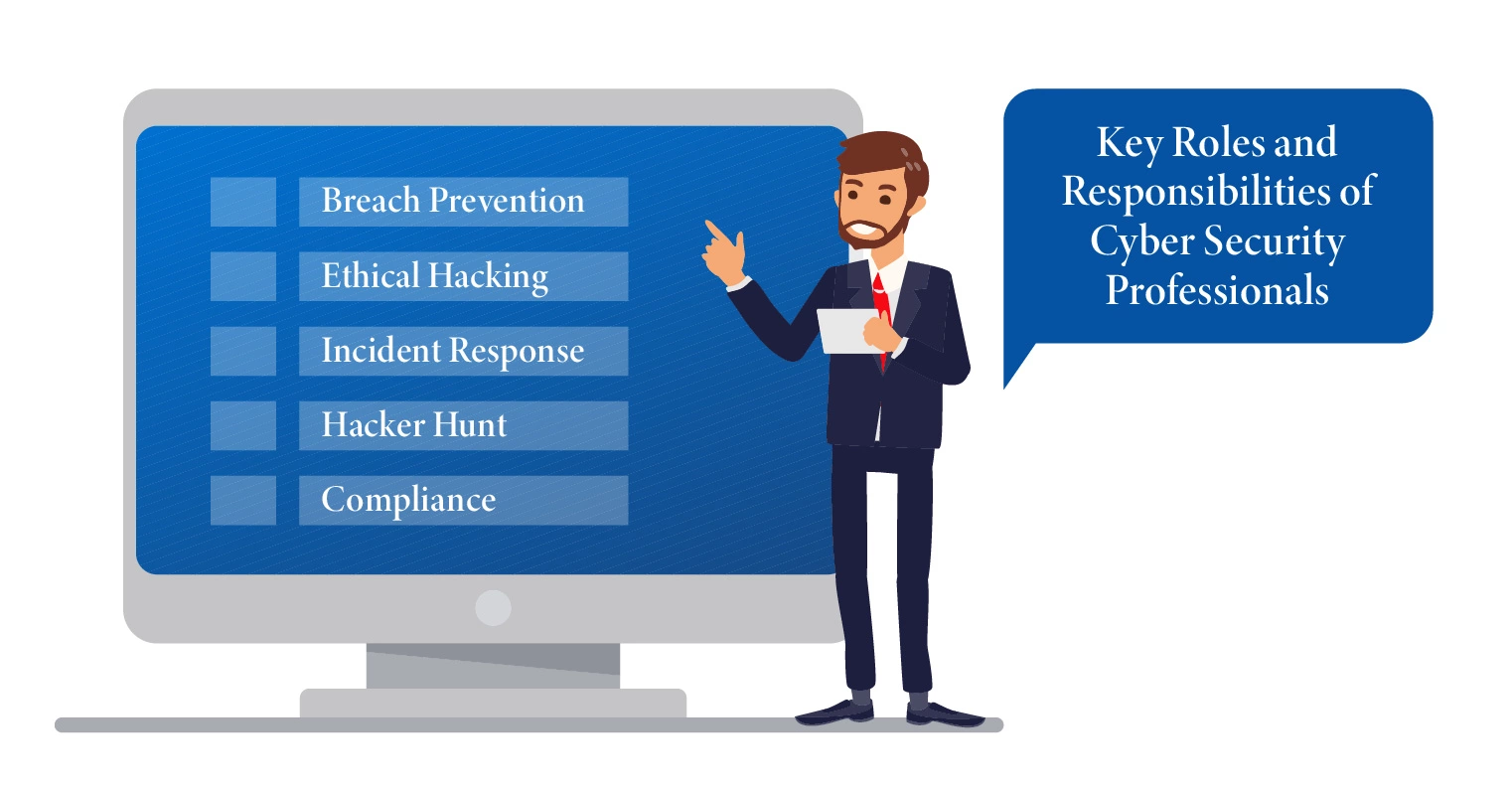Introduction
Phishing attacks have become increasingly prevalent in today’s digital landscape, posing a significant threat to individuals and organizations. These cyber-attacks often start with a simple email, seemingly harmless at first glance but designed to deceive recipients into divulging sensitive information or downloading malware. As the first point of entry for these attacks, employees unwittingly expose themselves and their organizations to potential data breaches, financial loss, and reputation damage.
Understanding the risks associated with phishing attacks is crucial for organizations to implement effective cybersecurity measures. This includes educating employees about the various phishing techniques used by cybercriminals and highlighting the importance of remaining vigilant and proactive in identifying and reporting suspicious emails.
In this article, we will explore the percentage of cybersecurity incidents that start with an employee getting phished. We will delve into the impact of phishing attacks, the vulnerabilities employees face, and the psychology behind phishing. Furthermore, we will provide real-life examples, best practices, and the role of employee training in mitigating the risk of phishing attacks.
By gaining a deeper understanding of how phishing attacks occur and how employees are targeted, organizations can take the necessary steps to fortify their cybersecurity defenses and reduce the potential for data breaches.
What is Phishing?
Phishing is a cybercrime technique used by malicious individuals to deceive and manipulate unsuspecting victims into revealing sensitive information or performing actions that could compromise their security. It typically involves the use of fraudulent emails, instant messages, or websites that mimic trusted entities, such as banks, social media platforms, or online retailers.
The primary goal of phishing attacks is to trick users into providing valuable data, such as usernames, passwords, credit card numbers, or personal identification information. This information is then used for various malicious purposes, including identity theft, financial fraud, or unauthorized access to sensitive systems.
Phishing attacks can take many forms and evolve rapidly to bypass security systems and exploit human vulnerabilities. Some common types of phishing include:
- Email Phishing: The most common form of phishing, where attackers send malicious emails that appear to be from a legitimate source, often urging the recipient to click on a link or provide sensitive information.
- Spear Phishing: A targeted form of phishing that involves personalized, highly tailored emails that appear to come from a trusted sender, such as a colleague or a business partner. The attacker often gathers information about the target to make the email seem more legitimate.
- Smishing: Phishing attacks carried out via SMS or text messages, where victims are enticed into clicking on links or replying with sensitive information.
- Pharming: Manipulating the domain name system (DNS) to redirect users to fraudulent websites that closely resemble legitimate ones, tricking them into providing sensitive information.
Phishing attacks continue to grow in sophistication, making it increasingly challenging for individuals and organizations to identify and defend against them. The use of social engineering techniques, psychological manipulation, and the creation of convincing replicas of known brands and platforms make it easier for attackers to deceive even the most cautious individuals.
It is crucial for individuals to be aware of the dangers of phishing and to adopt preventive measures to protect themselves and their organizations. In the next sections, we will explore the impact of phishing attacks, the vulnerabilities employees face, and the psychology behind these deceptive tactics.
The Impact of Phishing Attacks
Phishing attacks have far-reaching consequences for both individuals and organizations. The financial and reputational damage can be significant, causing disruption to business operations, compromising sensitive data, and eroding trust among customers and stakeholders.
One of the most immediate and tangible impacts of phishing attacks is financial loss. When users fall victim to phishing scams, they may inadvertently disclose their banking details, credit card information, or login credentials, allowing cybercriminals to carry out fraudulent transactions or steal funds. Moreover, organizations may face substantial financial repercussions, including legal fees, regulatory fines, and the costs associated with data breach investigations and remediation measures.
Beyond financial implications, phishing attacks can severely damage an organization’s reputation. If customers or clients fall victim to a phishing scam impersonating the company, their trust in the organization can be shattered. Once the news spreads, it becomes challenging to restore that trust and rebuild the damaged reputation, potentially leading to a significant loss of business.
In addition to financial and reputational damage, phishing attacks can result in data breaches. Once attackers gain access to sensitive information, they can use it for various malicious purposes, such as identity theft, unauthorized access to accounts or systems, or selling the data on the dark web. Data breaches not only expose individuals to potential harm but also lead to legal and compliance issues for organizations, especially if they fail to implement adequate security measures or notify affected parties in a timely manner.
Furthermore, phishing attacks can have indirect impacts on productivity and employee morale. When employees become victims of phishing attacks, they may be locked out of their accounts or lose access to critical systems. This can cause significant disruptions in daily operations, hampering productivity and requiring IT support to resolve the issue. Moreover, the fear and anxiety surrounding phishing attacks can affect employee morale, creating a sense of distrust and apprehension in the workplace.
As the percentage of cyber incidents initiated through phishing continues to rise, it is crucial for organizations to take proactive measures to mitigate the impact of these attacks. In the next section, we will explore the vulnerabilities employees face and the psychology behind phishing, shedding light on how organizations can better prepare and protect their workforce.
Employee Vulnerabilities
Employees are often the weakest link in an organization’s cybersecurity defenses when it comes to phishing attacks. Cybercriminals capitalize on human vulnerability, exploiting common behaviors and psychological tendencies to manipulate individuals into taking actions that compromise their security.
One significant vulnerability is the lack of awareness and knowledge about phishing techniques. Many employees are unaware of the various types of phishing attacks and the tactics used by cybercriminals to deceive victims. This lack of awareness makes them more susceptible to falling for phishing scams, clicking on malicious links, or providing sensitive information.
Moreover, employees are frequently targeted due to their roles and access privileges within an organization. Attackers may employ spear phishing techniques, crafting personalized emails that appear to be from a colleague or someone in a position of authority to gain the victim’s trust. This tactic makes it even more challenging for employees to spot phishing attempts, as the emails seem genuine and relevant to their work responsibilities.
Another vulnerability lies in the tendency for employees to trust emails and websites that appear legitimate. Cybercriminals go to great lengths to create convincing replicas of well-known brands, websites, and online services. Employees may unknowingly interact with these fraudulent platforms, providing sensitive information or downloading malware that can compromise company networks and systems.
Additionally, human instinct plays a role in susceptibility to phishing attacks. Attackers often employ urgency or fear tactics, urging recipients to take immediate action to prevent potential consequences. This triggers a sense of panic or heightened emotions, impairing judgment and leading individuals to bypass normal security protocols in an attempt to resolve the situation quickly.
Furthermore, employees may exhibit complacency or a lack of vigilance when it comes to cybersecurity. They might assume that their organization’s security measures are sufficient to protect them from phishing attacks, leading to a disregard for potential warning signs or red flags.
Addressing employee vulnerabilities is crucial in preventing and minimizing the impact of phishing attacks. Organizations must prioritize cybersecurity awareness and training programs to educate employees about the risks, warning signs, and best practices for identifying and mitigating phishing attempts.
In the next section, we will delve deeper into the psychology behind phishing attacks, shedding light on the tactics used by cybercriminals to exploit human vulnerabilities.
The Psychology Behind Phishing
Phishing attacks are not just about technological skills; they heavily rely on psychological manipulation to deceive victims and persuade them to take actions that compromise their cybersecurity. By understanding the psychology behind these attacks, organizations can better equip their employees with the knowledge and awareness to identify and prevent falling victim to such scams.
One key psychological aspect exploited by phishing attacks is trust. Attackers will go to great lengths to create emails or websites that appear legitimate, mimicking well-known brands or trusted individuals. They capitalize on the natural human tendency to trust what is familiar and authoritative, making it more difficult for individuals to discern between genuine communication and phishing attempts.
Scammers also leverage common emotional triggers, such as fear, urgency, or curiosity. They create a sense of urgency or fear in their messages to prompt individuals into immediate action without carefully considering the risks. By relying on such emotions, attackers can cloud judgment and bypass critical thinking, leading individuals to disclose sensitive information without proper scrutiny.
Another psychological tactic employed by cybercriminals is the principle of reciprocity. They may offer something of perceived value, such as a free product or service, in exchange for personal information. This taps into the innate human inclination to reciprocate and feel obligated to provide something in return. In this case, it may be personal information that scammers can then exploit for their malicious purposes.
Moreover, attackers exploit the concept of social validation. They try to deceive individuals into thinking that others have already taken the desired action, such as sharing personal information or clicking on a link. By creating a false sense of security and conformity, scammers aim to neutralize suspicions and increase an individual’s likelihood of falling for their tricks.
Additionally, the limited attention capacity of individuals plays a role in the success of phishing attacks. The constant influx of emails, notifications, and distractions can affect one’s ability to thoroughly scrutinize and evaluate the legitimacy of messages. Attackers exploit this by directing attention towards a specific action or request, diverting attention away from suspicious signs.
Understanding these psychological tactics helps individuals recognize and resist phishing attempts. By promoting a culture of skepticism and critical thinking, organizations can empower their employees to question and verify the authenticity of communications before taking any actions that might compromise their security.
In the next section, we will explore common phishing techniques employed by attackers, providing insights into how employees can recognize and avoid falling victim to such scams.
Common Phishing Techniques
Phishing attacks employ a variety of techniques to deceive individuals and convince them to disclose sensitive information or perform actions that compromise their security. These techniques are continually evolving, becoming increasingly sophisticated and difficult to detect. By understanding these tactics, individuals can better recognize and avoid falling victim to phishing attacks.
Email Spoofing: Attackers often use email spoofing to make their messages appear as if they were sent from a legitimate and trusted source. By manipulating the sender’s name and email address, scammers can trick recipients into believing the email is genuine.
Link Manipulation: Phishing emails may contain embedded links that redirect individuals to fraudulent websites designed to harvest sensitive information. Attackers often mask the actual URL by using hyperlink text that appears legitimate, such as a bank’s official website.
Malicious Attachments: Phishing emails may include attachments that, when opened, unleash malware onto the victim’s device. These attachments can be disguised as harmless documents or files, enticing individuals to download and open them.
Clone Websites: Attackers create fraudulent websites that closely mimic the design and layout of legitimate websites, such as banking or e-commerce platforms. Individuals may unknowingly provide their login credentials or personal information on these fake websites, thinking they are interacting with the real service.
Social Engineering: Phishing attacks often leverage social engineering techniques to manipulate individuals and gain their trust. This can include posing as a trusted colleague, supervisor, or authority figure, making requests that seem legitimate and urgent.
CEO Fraud/Business Email Compromise (BEC): In this type of phishing attack, scammers impersonate high-ranking executives within an organization and send emails to employees, instructing them to carry out financial transactions or provide sensitive information.
Smishing: Phishing attacks targeting mobile devices often employ smishing, which involves sending fraudulent text messages that appear to be from legitimate sources, luring individuals into providing their personal or financial information.
Vishing: Vishing is a type of phishing attack carried out via phone calls. Scammers often pose as a trusted individual, such as a bank representative, and attempt to extract sensitive information by creating a sense of urgency or fear.
Pretexting: Attackers may use a pretext or false narrative to gain an individual’s trust. They may pose as a service provider, technical support agent, or government organization, requesting personal information to resolve a supposed issue.
Recognizing these common phishing techniques is key to preventing successful attacks. Individuals should be cautious when interacting with emails, messages, or websites, especially if they contain suspicious elements or requests for sensitive information.
In the next section, we will explore how individuals can identify and recognize phishing emails, equipping them with the knowledge to stay safe in the face of sophisticated phishing attacks.
How to Recognize Phishing Emails
Recognizing phishing emails is crucial in protecting yourself and your organization from falling victim to cyber attacks. While attackers employ various tactics to create convincing scams, there are several key indicators to watch for when assessing the legitimacy of an email.
Sender’s Email Address: Examine the email address of the sender. Be cautious if the domain is misspelled, contains random numbers or characters, or differs from the official domain of the organization they claim to represent.
Generic Greetings: Phishing emails often use generic greetings like “Dear Customer” or “Hello User” instead of addressing you by your name. Legitimate organizations typically personalize their communications by using your name.
Poor Spelling and Grammar: Pay attention to the quality of writing in the email. Phishing emails often contain spelling mistakes, grammatical errors, or awkward phrasing, which are signs of a fraudulent message.
Urgency and Threats: Be wary of emails that create a sense of urgency or threat, pressuring you to take immediate action. Phishing emails often use fear tactics, such as claiming your account will be closed or that you will face penalties if you don’t respond promptly.
Requests for Personal Information: Legitimate organizations do not ask for personal information, like passwords, Social Security numbers, or credit card details, via email. Be cautious of any email that requests such sensitive information.
Unusual Requests: Be skeptical of emails requesting unusual actions, such as providing login credentials, transferring money, or installing software. Confirm the legitimacy of any unusual requests through a separate communication channel, such as a phone call.
Unsecured Links: Hover over any links in the email (without clicking) to check if the URL matches the claimed destination. Be cautious if the link redirects to a suspicious or unfamiliar website. Additionally, ensure the link begins with “https” for secure communication.
Unsolicited Attachments: Exercise caution with email attachments, especially if they are unexpected or from an unknown sender. Opening these attachments might result in malware installation or compromise your computer’s security.
Visual Design: Pay attention to the visual design of the email. Phishing attempts may lack professional branding, contain low-resolution images, or present an overall unpolished appearance compared to legitimate emails from trusted sources.
Trust Your Instincts: If something feels off or suspicious about an email, trust your instincts. If you have doubts about its authenticity, contact the organization directly through official channels to verify whether the email is legitimate.
By being vigilant and paying attention to these warning signs, you can enhance your ability to recognize phishing emails and avoid falling victim to cybercriminals.
In the next section, we will provide real-life examples of employee-initiated cybersecurity incidents that started with phishing attacks, highlighting the potential consequences of such incidents.
Real-Life Examples of Employee-Initiated Cybersecurity Incidents
Phishing attacks have been responsible for numerous cybersecurity incidents, many of which were initiated by unsuspecting employees who fell victim to these deceptive tactics. These real-life examples highlight the potential consequences of such incidents and underscore the importance of employee vigilance in preventing cyber attacks.
Example 1: The Dropbox Breach
In 2012, a Dropbox employee fell prey to a phishing attack, leading to a data breach that affected millions of users. The attacker sent a phishing email disguised as a security alert, prompting the employee to provide login credentials. The hacker then gained unauthorized access to a document containing user email addresses, resulting in a massive breach of customer data and a significant blow to Dropbox’s reputation.
Example 2: The W-2 Tax Scam
Numerous companies have been targeted by phishing scams aimed at obtaining employees’ W-2 tax forms. In these incidents, attackers impersonate higher-level executives and send emails to human resources or finance departments requesting employee W-2 forms. If successful, these scams can expose personal information, including Social Security numbers and addresses, which can be used for identity theft or fraudulent tax filings.
Example 3: The BEC Money Transfer
Business Email Compromise (BEC) scams have resulted in significant financial losses for countless organizations worldwide. In these attacks, scammers pose as high-ranking executives or business partners and send emails to employees requesting urgent wire transfers or confidential financial information. Falling victim to these scams can lead to substantial financial losses and irreparable damage to a company’s reputation.
Example 4: The Ransomware Attack
Phishing emails carrying malicious attachments or links can lead to devastating ransomware attacks. These attacks encrypt an organization’s files, making them inaccessible until a ransom is paid to the attackers. In 2017, the global WannaCry ransomware attack spread through phishing emails, infecting hundreds of thousands of computers, crippling businesses, and causing widespread disruption.
These examples demonstrate the wide-ranging impact of employee-initiated cybersecurity incidents that stem from phishing attacks. It highlights the critical role that employees play in preventing such incidents by being able to identify and respond appropriately to phishing attempts.
In the next section, we will explore the crucial role of employee training in mitigating the risks of phishing attacks and enhancing overall cybersecurity preparedness within organizations.
The Role of Employee Training
Employee training plays a crucial role in mitigating the risks posed by phishing attacks and enhancing overall cybersecurity preparedness within organizations. By providing comprehensive and ongoing training, organizations can empower their employees to recognize and respond effectively to phishing attempts, bolstering their defenses against cyber threats.
Training programs should educate employees about the various types of phishing attacks, including email, smishing, and vishing scams, as well as the latest techniques employed by cybercriminals. Employees should be familiarized with the warning signs and red flags that indicate a potential phishing attempt, such as unusual sender addresses, grammatical errors, or requests for personal information.
Employee training should also emphasize the importance of strong password management practices, caution when clicking on links or opening attachments, and regularly updating software and security patches. This ensures that employees are equipped with the necessary skills and knowledge to protect themselves and their organizations.
Simulated phishing exercises can be a valuable component of employee training, allowing individuals to experience realistic phishing scenarios in a controlled environment. These exercises help employees recognize the techniques used by attackers and reinforce best practices for identifying and reporting suspicious emails.
Moreover, fostering a culture of cybersecurity awareness and responsibility is essential. Organizations should encourage employees to stay vigilant, question suspicious emails or requests, and report any potential incidents promptly. This creates a collaborative environment where employees feel empowered to contribute to the overall security of the organization.
Continuous education and reinforcement are key in maintaining the effectiveness of employee training programs. Phishing techniques evolve rapidly, and new threats emerge regularly. Regularly updating training materials and conducting refresher courses ensure that employees remain up-to-date with the latest trends and threats in the cybersecurity landscape.
Furthermore, employee training should extend beyond the technical aspects of recognizing and avoiding phishing attacks. It should also focus on building a strong cybersecurity culture that ingrains security-conscious behaviors into everyday work practices. This includes teaching employees the importance of regularly backing up data, implementing multifactor authentication, and promptly reporting any suspicious activities or incidents.
By investing in employee training and creating a cybersecurity-aware workforce, organizations can significantly reduce the risks associated with phishing attacks. By equipping employees with the knowledge, skills, and tools to identify and respond to phishing attempts, organizations can build a robust line of defense against cyber threats.
In the next section, we will discuss best practices for employees to avoid falling victim to phishing attacks, further supporting their cyber resilience.
Best Practices for Employees to Avoid Phishing Attacks
To protect themselves and their organizations from phishing attacks, employees should adhere to best practices that reinforce cyber hygiene and enhance their ability to detect and avoid fraudulent communications. By following these guidelines, individuals can significantly reduce their risk of falling victim to phishing scams:
Be Skeptical: Approach every email, message, or request with a healthy dose of skepticism. Question the sender’s identity, the legitimacy of the message, and any requests for personal or sensitive information.
Verify the Sender: Before taking any action or providing information, verify the sender’s identity through a separate communication channel. Use official contact information obtained from the organization’s official website or contact directory.
Think Before Clicking: Avoid clicking on links in emails or messages unless you are confident about their authenticity. Hover over the link to check the URL before clicking, and if in doubt, navigate directly to the website through a trusted browser.
Keep Personal Information Secure: Never share personal, financial, or login information via email, especially if the request seems suspicious or unexpected. Legitimate organizations do not ask for sensitive information through email.
Be Wary of Attachments: Exercise caution when opening email attachments, especially if they are unexpected or from unknown senders. Scan attachments with an up-to-date antivirus software before opening them.
Stay Updated: Keep your devices, operating systems, and applications up to date with the latest security patches. Regularly update antivirus software and enable automatic updates when available.
Use Strong, Unique Passwords: Create strong, unique passwords for each of your online accounts and enable multi-factor authentication whenever possible. Avoid using easily guessable passwords or personal information as part of your login credentials.
Pay Attention to Security Warnings: Take note of security warnings provided by your email client or web browser. When a warning is displayed, it may indicate a potential security threat or a malicious website.
Report Suspicious Emails: If you receive a suspicious email, report it to your organization’s IT or Security department immediately. This helps them investigate and take necessary action to prevent potential breaches.
Stay Informed: Stay updated on the latest phishing techniques and cybersecurity trends through ongoing learning and awareness programs. Stay informed about new attack vectors and share knowledge with colleagues to enhance overall organizational preparedness.
By following these best practices, employees can significantly reduce their vulnerability to phishing attacks, strengthening their organization’s cybersecurity defenses. An educated and vigilant workforce is a crucial element in maintaining a resilient security posture.
In the next section, we will wrap up the article and summarize the importance of employee awareness and training in combatting phishing attacks.
Conclusion
Phishing attacks continue to be a prevalent and growing threat in the digital landscape, with a significant percentage of cybersecurity incidents starting with an employee falling victim to phishing attempts. These attacks exploit human vulnerabilities, leveraging psychological manipulation and deceptive tactics to deceive individuals into divulging sensitive information or performing actions that compromise their security.
Recognizing the impact of phishing attacks on organizations, it is crucial to prioritize employee awareness and training as a proactive defense strategy. By equipping employees with the knowledge, skills, and best practices to identify and avoid phishing attempts, organizations can significantly reduce their risk of falling victim to cyber attacks.
Employee training plays a pivotal role in mitigating the risks associated with phishing attacks. The training should cover the various types of phishing techniques, emphasize the importance of critical thinking, and teach employees how to recognize warning signs and suspicious emails. Regular simulated phishing exercises can reinforce learning and help employees better navigate real-life scenarios.
Organizations must foster a strong cybersecurity culture, encouraging employees to maintain vigilance, report potential incidents promptly, and consistently practice safe online behaviors. Creating a security-conscious workforce is a shared responsibility that empowers employees to contribute actively to the organization’s overall security posture.
Combating phishing attacks requires a multi-pronged approach, combining technological solutions with human awareness and preparedness. By integrating robust cybersecurity measures, robust employee training programs, and ongoing awareness campaigns, organizations can build resilient defenses against phishing attacks and protect their sensitive data, financial assets, and reputation.
In conclusion, organizations must prioritize employee training, cybersecurity awareness, and the adoption of best practices to prevent and mitigate the risks associated with phishing attacks. By empowering employees to serve as the first line of defense, organizations can enhance their cybersecurity posture and reduce the likelihood of falling victim to these deceptive schemes.







